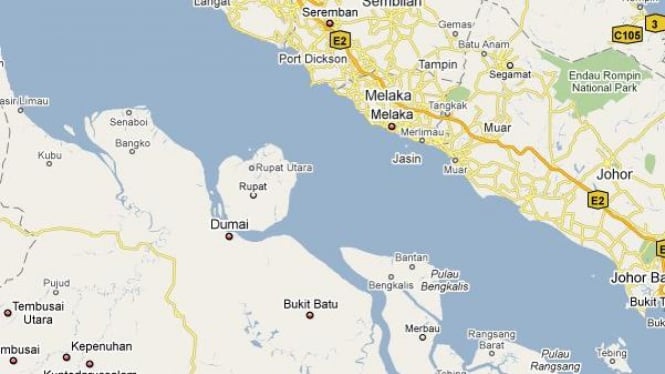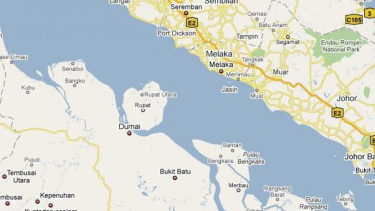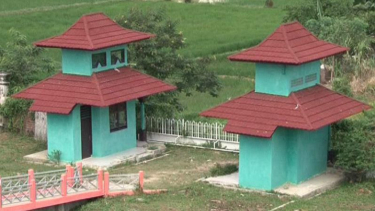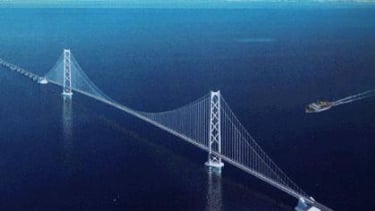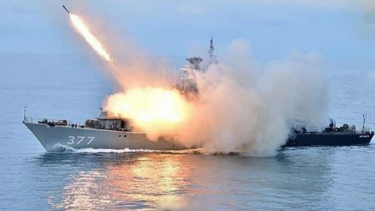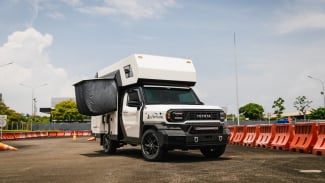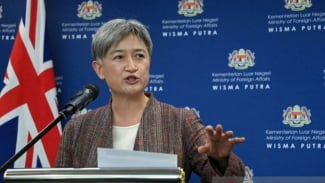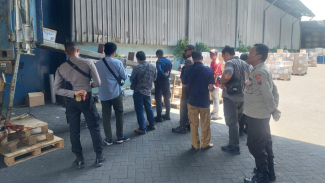The Significant Facts about Strait of Malacca
- maps.google.com
VIVA – The Strait of Malacca is one of the most strategic areas and it is a narrow stretch of water between the Malay Peninsula and the Indonesian island of Sumatra.
This strait contains a lot of traffic, both goods and people. As the main shipping channel between the Indian and Pacific oceans, it is one of the most significant shipping lanes in the world.
The Strait of Malacca has many important facts to know. Here are the facts.
1. Growing Rapidly Since the Sriwijaya Kingdom
Situs Karanganyar di Palembang Diyakini Pusat Kerajaan Sriwijaya
- Purwantoro/Palembang
Historically, the Straits of Malacca began to develop rapidly as a voyage since the end of the 15th century, namely when the Sriwijaya Kingdom was founded.
The very prominent role of the Malacca Strait is as a meeting place for various merchants from Persia, Arabia, India, China, and the surrounding area.
Goods made of cotton through the Straits of Malacca include textiles, camphor, pearls, precious wood, spices, ivory, cloth and zinc, silver, gold, silk, glassware, and sugar.
2. The World's Second Most Important Sea Transportation Route
Pulau Batu Mandi di Selat Malaka.
- U-Report
The Malacca Strait connects the Indian Ocean with the Pacific Ocean through the South China Sea and is the shortest sea route between the Middle East region as an oil-producing area and oil-using countries in East and Southeast Asia.
Currently, the Straits of Malacca is estimated to be traversed by no less than 70-80 thousand ships per year or about nearly 200 ships every day. Among them are giant tankers measuring 180,000 deadweight tonnage and above.
3. Indonesia as the Largest Country Crossed by the Strait of Malacca
Jembatan Selat Malaka
- Strait of Malacca Partners Sdn. Bhd.
The Strait of Malacca crosses three countries: Indonesia, Malaysia and Singapore. However, Indonesia is the largest country along the Malacca Strait and is naturally a leader in efforts to secure this strait from various disturbances to ensure ships run smoothly.
4. Cases of Attacks in the Malacca Strait are Decreasing
VIVA Militer: KRI Sutanto-377 di Selat Malaka.
- KRI Sutanto 377
Since ancient times, the issue of security has always been for ships crossing the Malacca Strait. In fact, various maritime crime cases often occur in the region.
To deal with security issues, countries around the Malacca Straits have jointly and individually made efforts to build a security system, law enforcement, and prevention of security incidents in the Malacca Strait.
Indonesia encourages the establishment of a cooperation forum among Indonesia, Malaysia and Singapore to strengthen security in the Straits of Malacca and Singapore as well as improve coordination between the three coastal countries.
After going through various high-level discussions, the Malacca Strait Patrol (MSP) forum was formed on April 21, 2006. The MSP consists of representatives from the armed forces (military), especially the Navy, each coastal state to carry out security efforts in the Malacca Strait and Singapore.
Since then, efforts to secure the Malacca Strait have become more coordinated and effective.
5. Not All Parts of the Strait of Malacca are Easy to Pass
In terms of navigation, not all channels along the Malacca Strait can be navigated freely, considering that some parts of the Malacca Strait have very narrow shipping lanes.
For example, in the Philip Strait, which has a width of up to 5 kilometers, but the channel that can be passed by large ships is only about 800 meters.
Also, there are small islands, such as Kepala Jerih Island and Takung Island, the sea depth in some places is less than 23 meters at high tide, as well as frequent changes in sea currents and sudden strong winds, making this a challenge and need to be attention.

